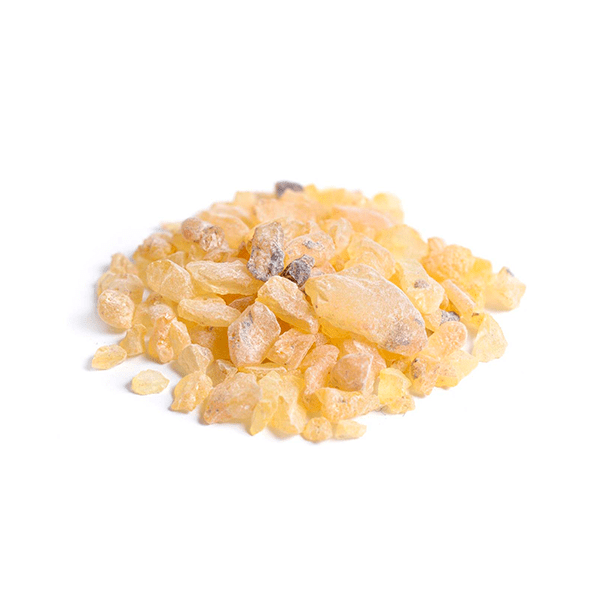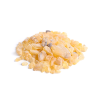No products in the cart.
White Copal
10,00€
White Copal from Mexico is an aromatic resin produced by trees of the Bursera genus, native to Mexico and other parts of Central America. This resin has been used for thousands of years by the indigenous cultures of the region in spiritual practices.
In Mexico and some Central American countries it is known as copal (from Nahuatl, copalli, which meant resin or incense).
White Copal is used in ceremonies and also for the energetic cleansing of people, places and objects.
White copal is the cleanest and most valuable of all. When burned, it emits a distinctive and welcoming aroma with resinous, sweet and slightly citrus notes.
For native Amazonian cultures, copal smoke is considered a channel to connect and communicate with the divine, purify the spirit and cleanse negative energies.
Instructions for use: Light a charcoal and pour a little resin on the coals. The resin will melt releasing its fragrance into the air for several minutes.
Size: 50g


